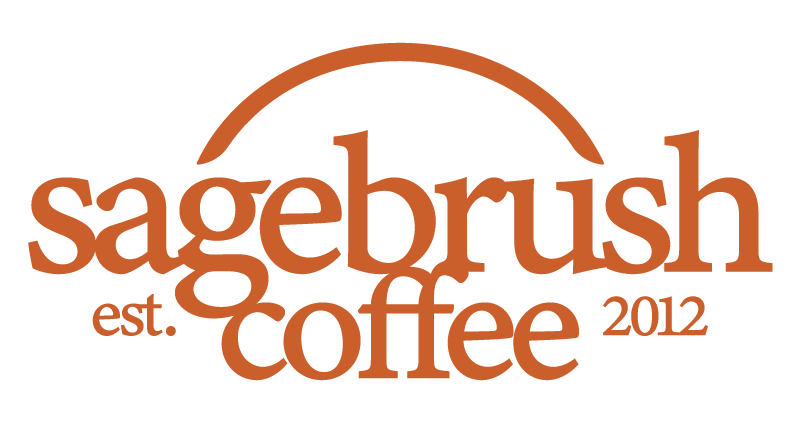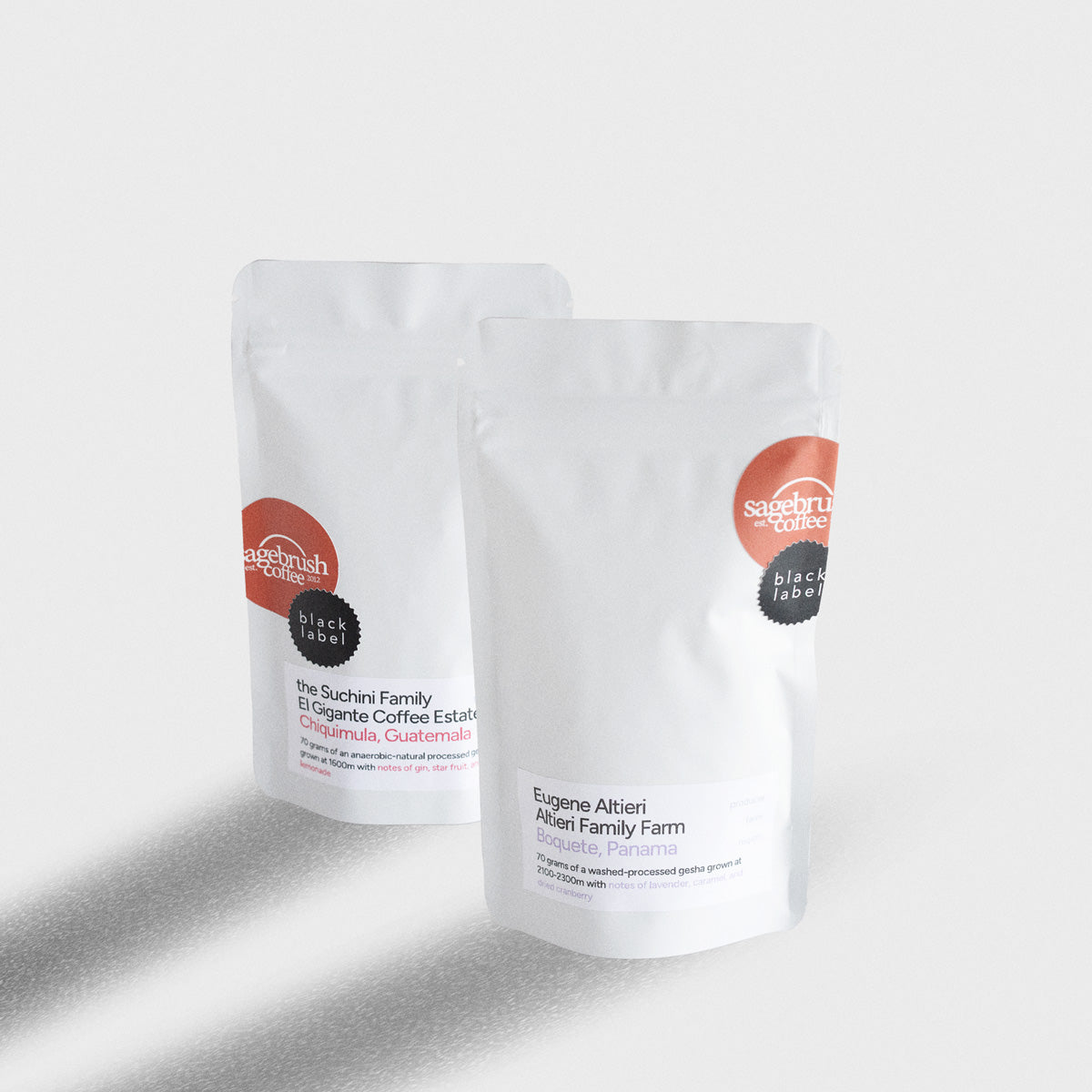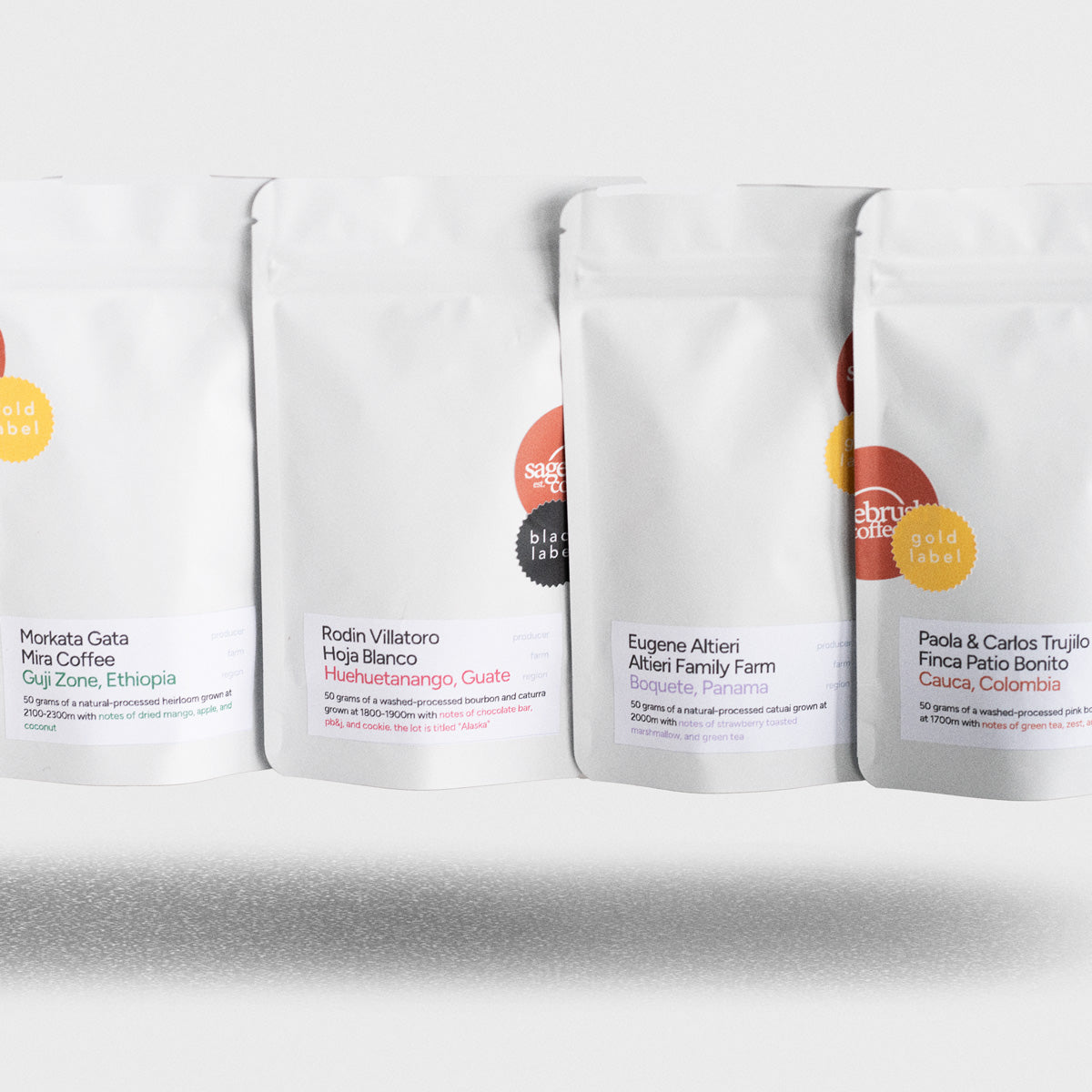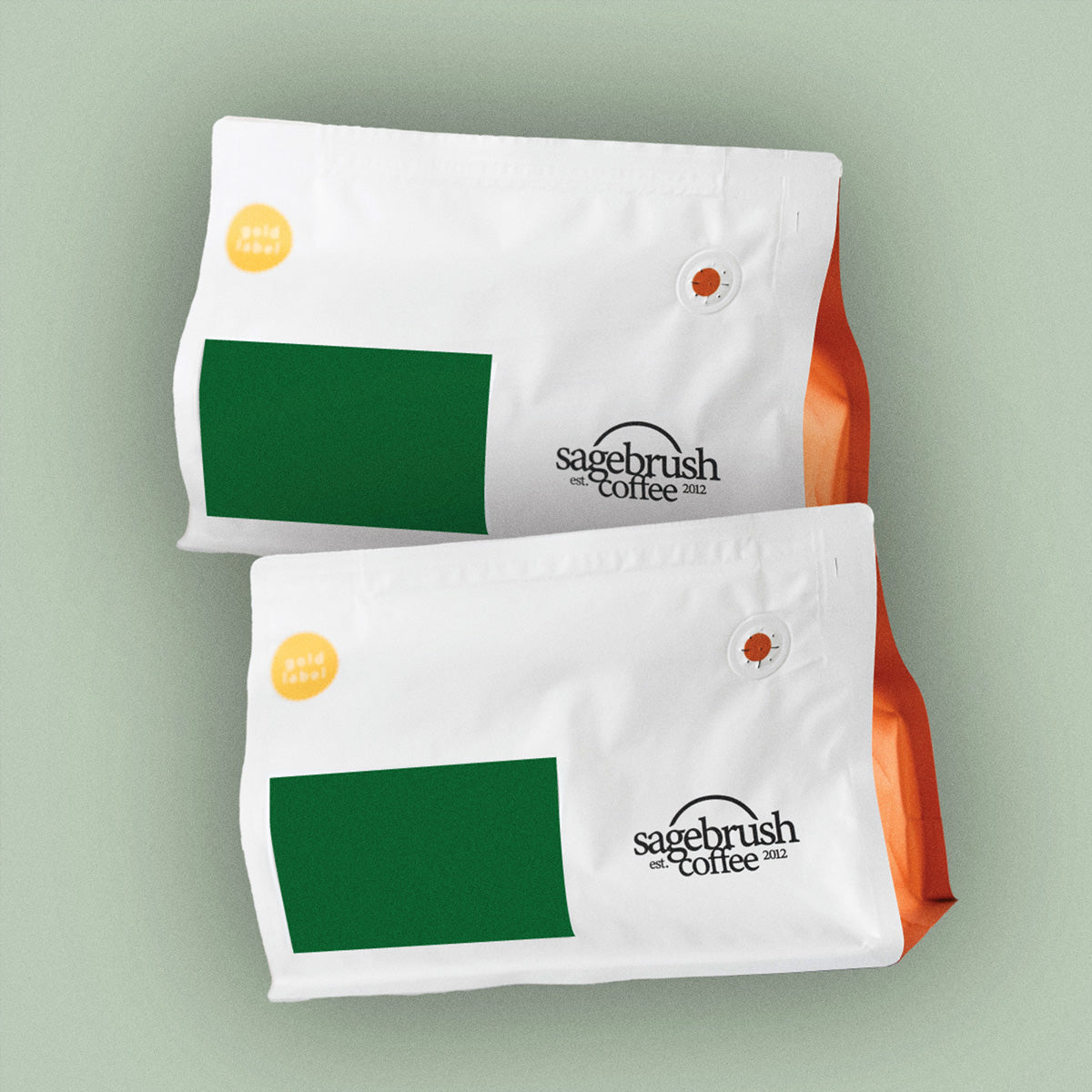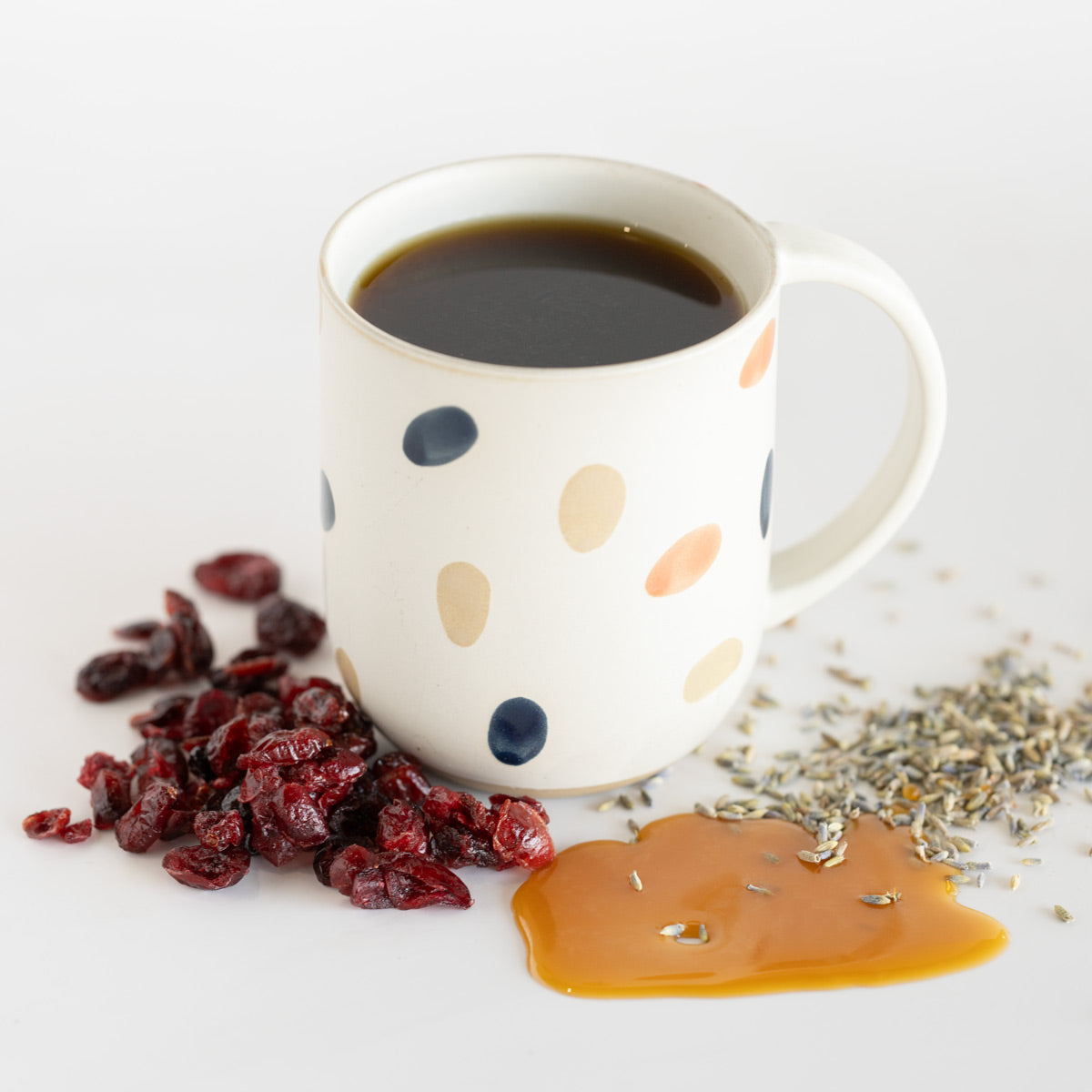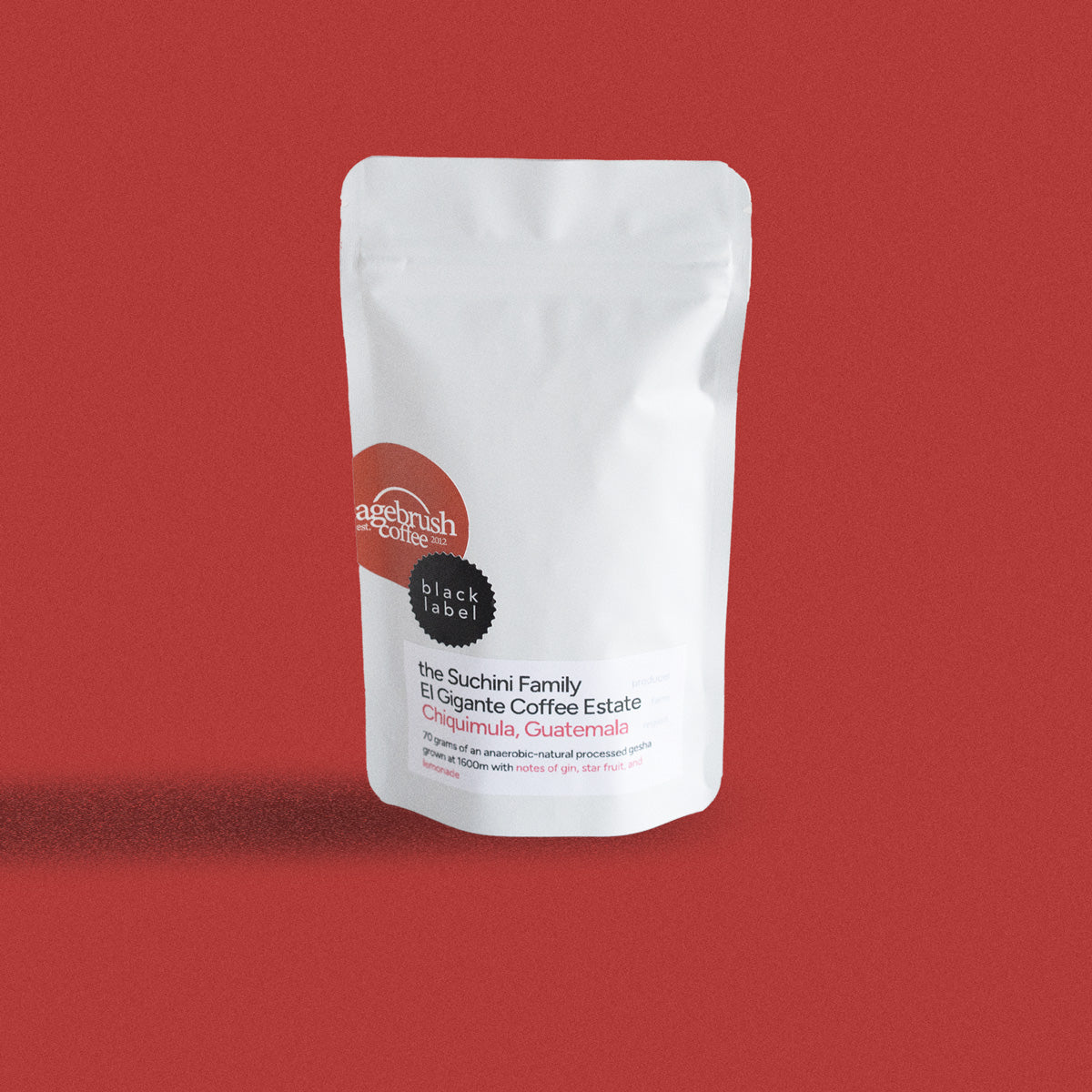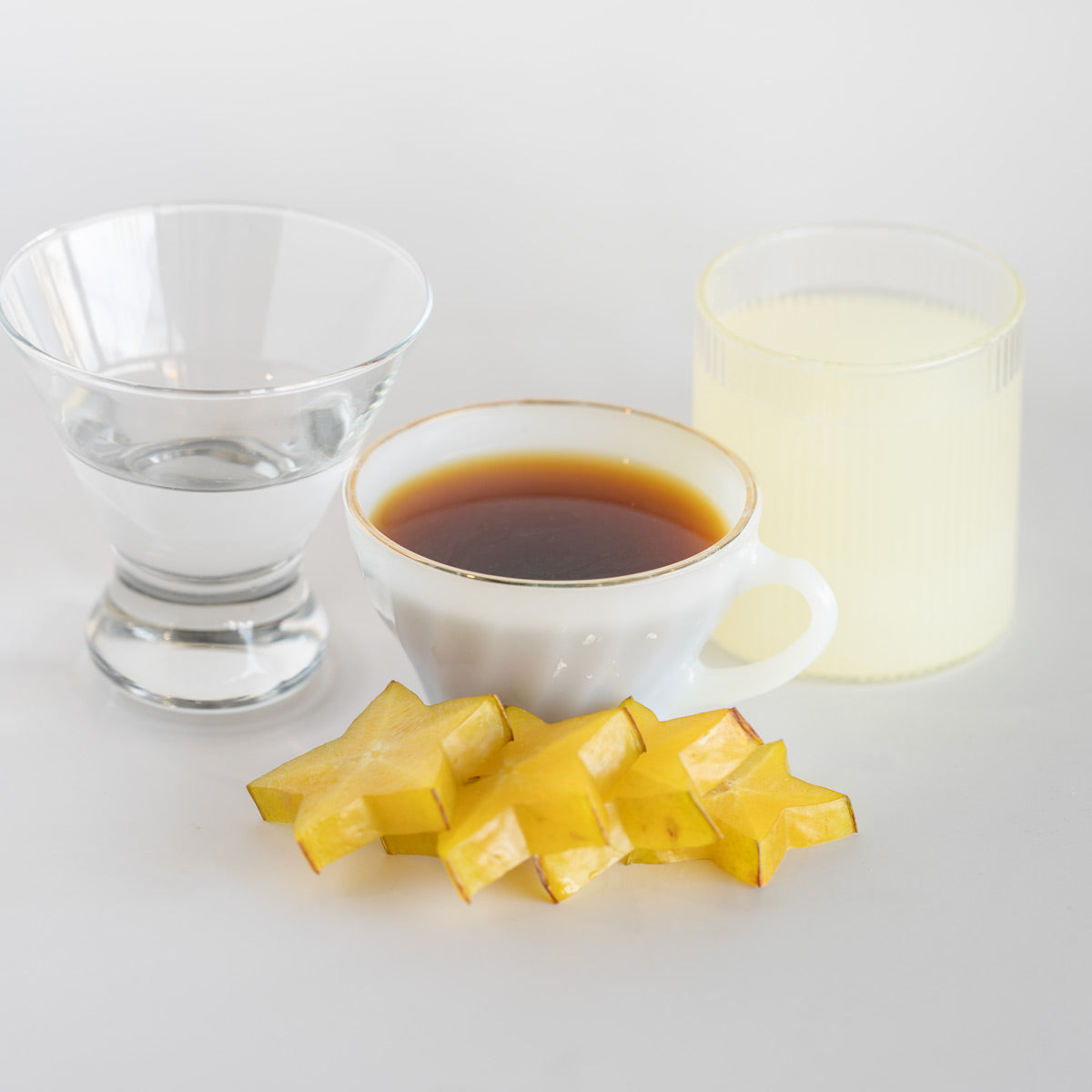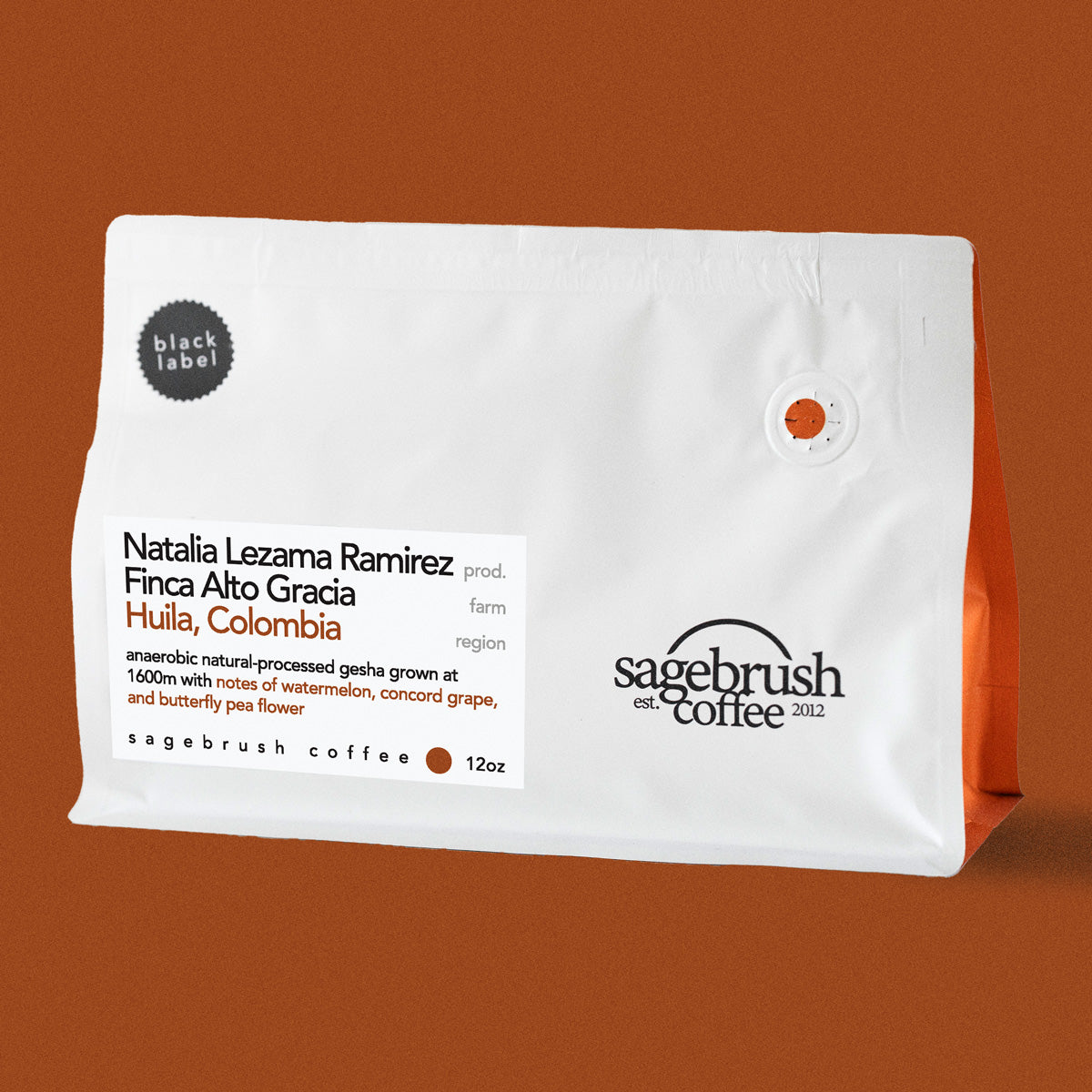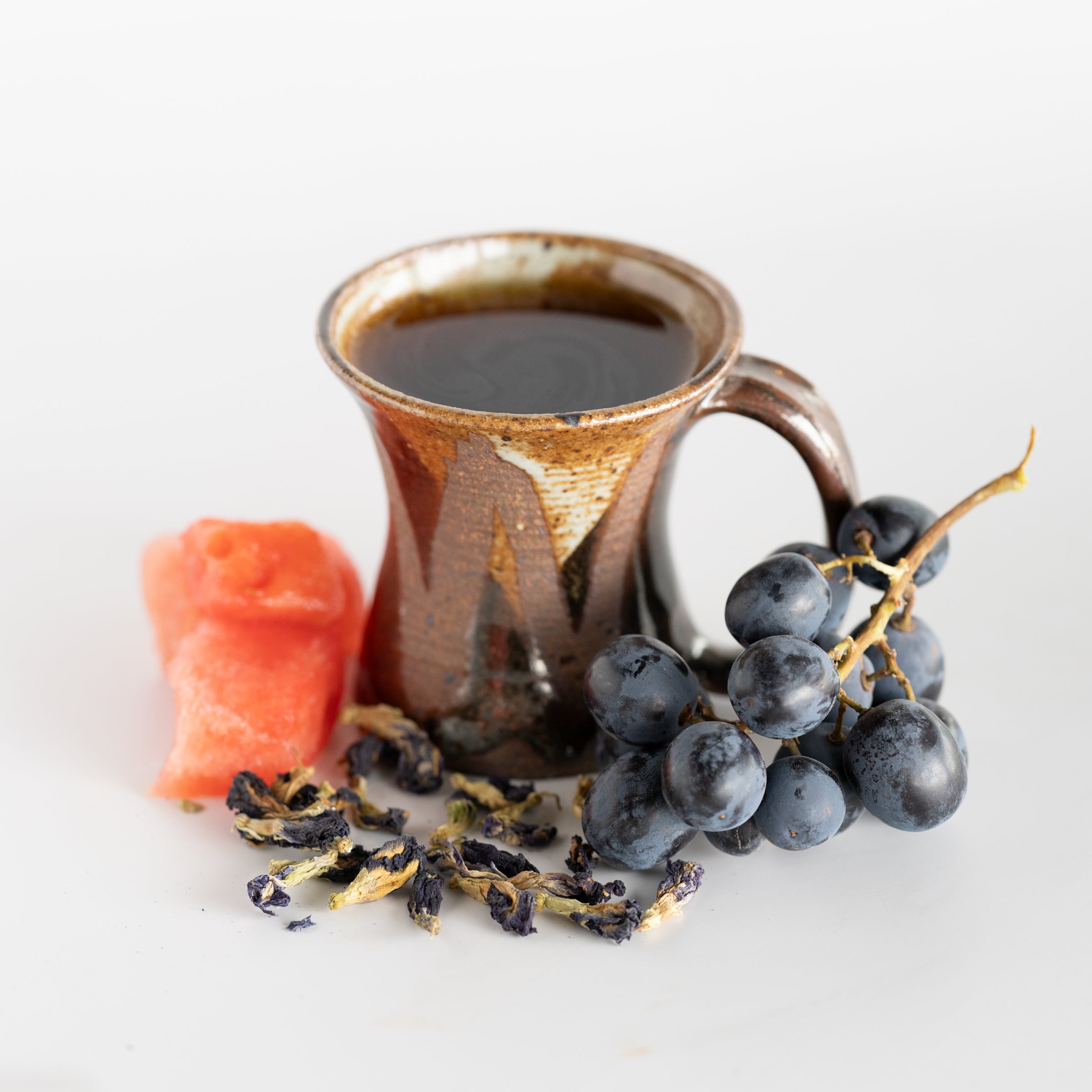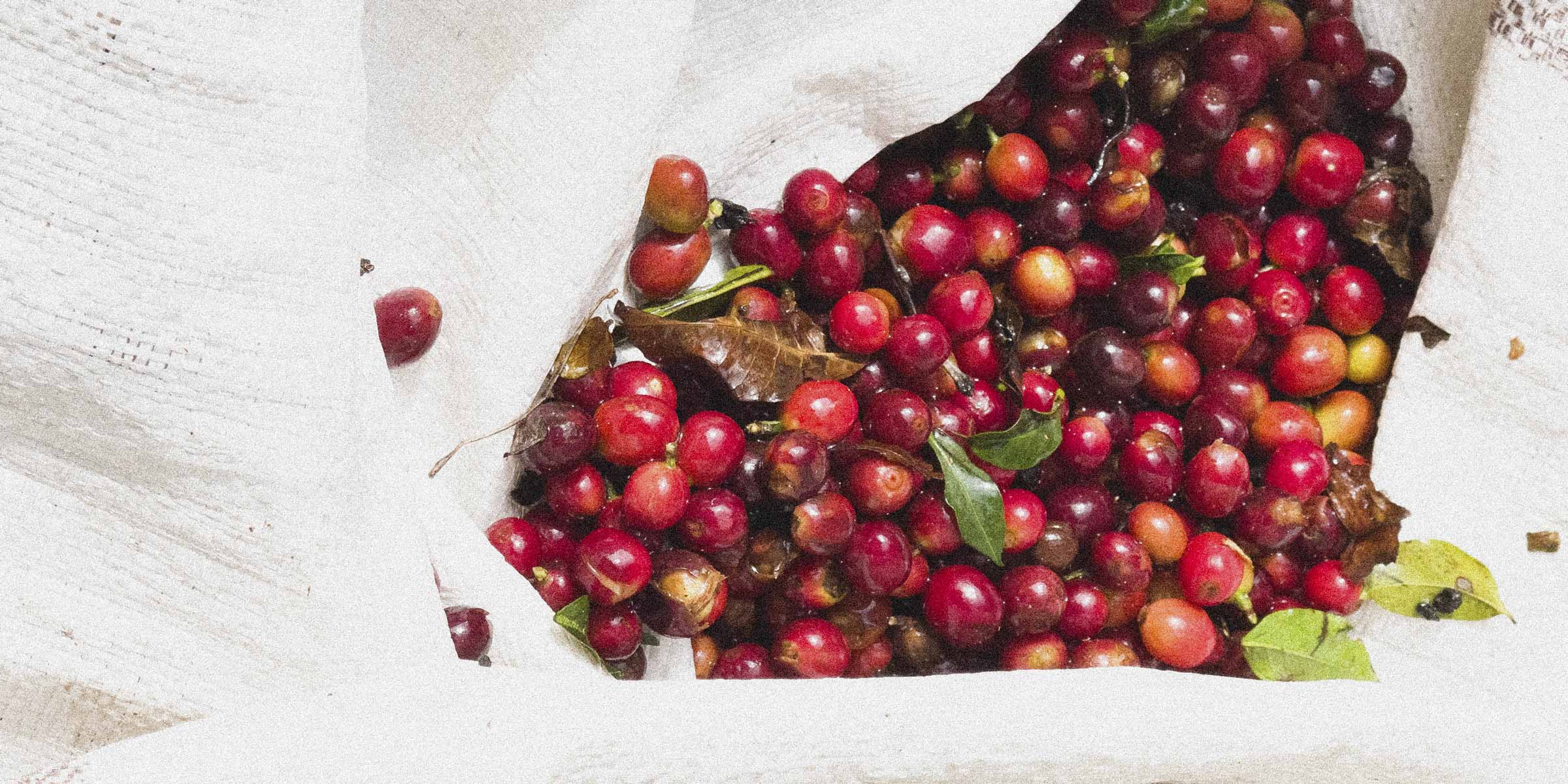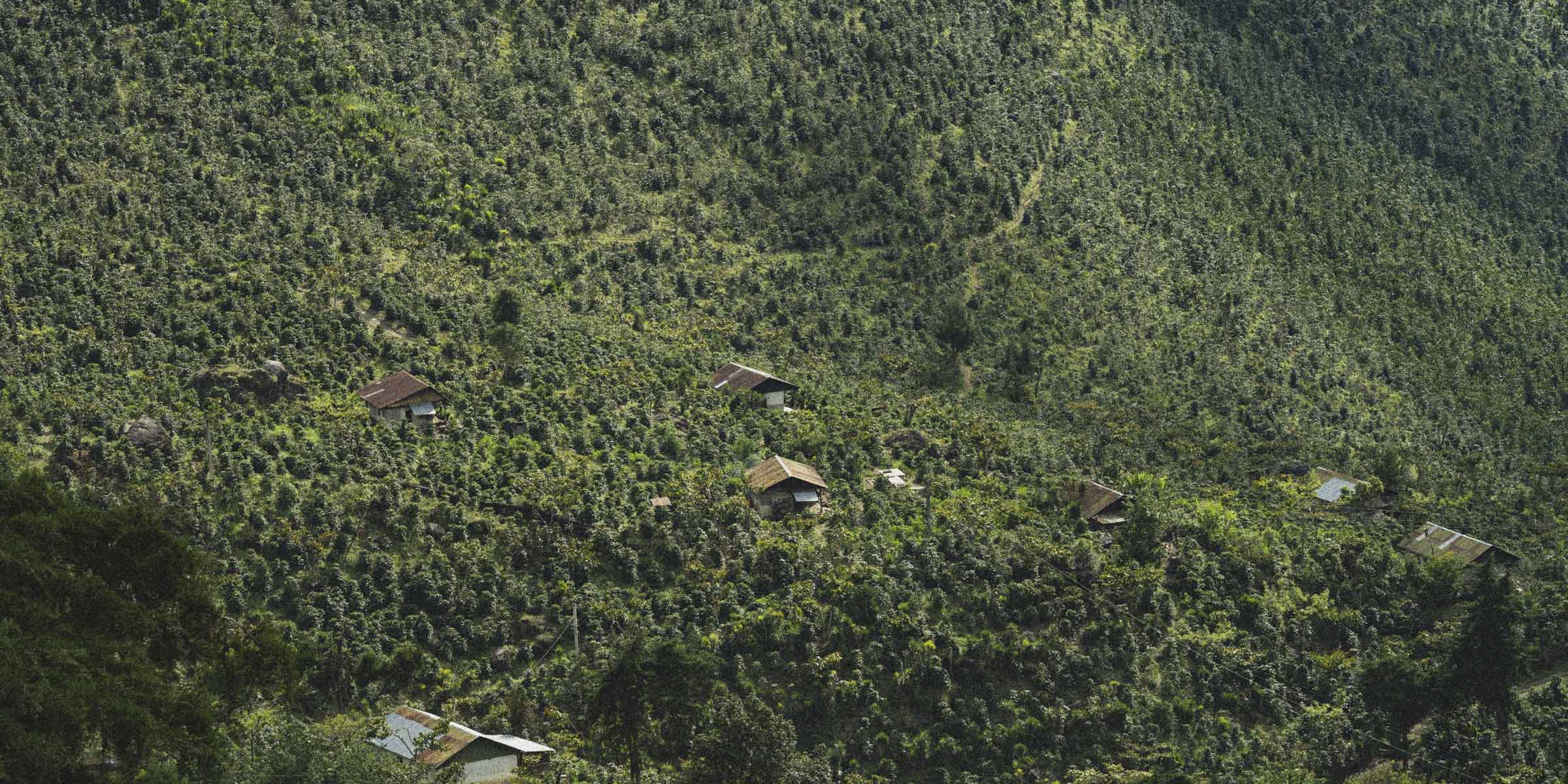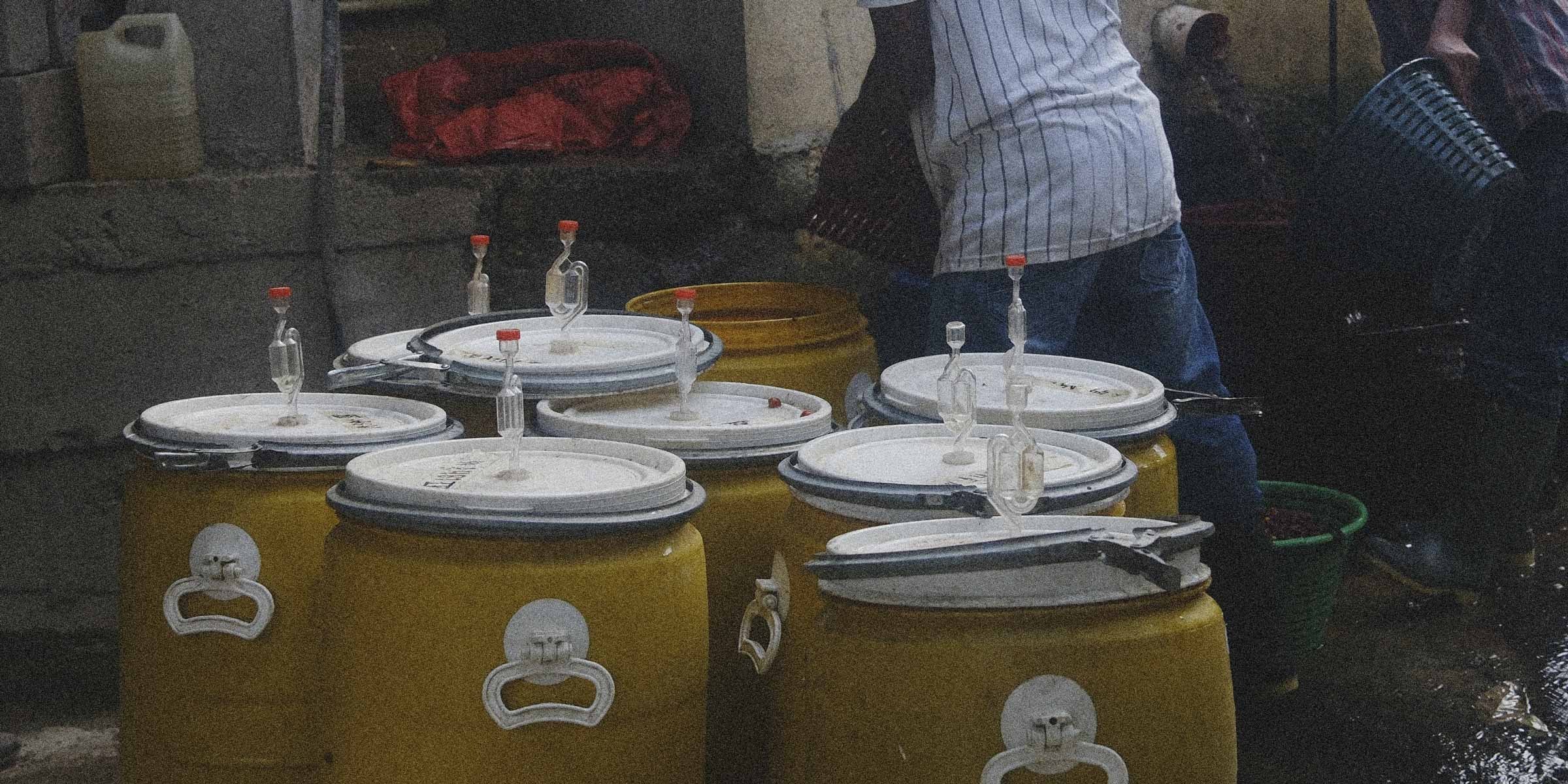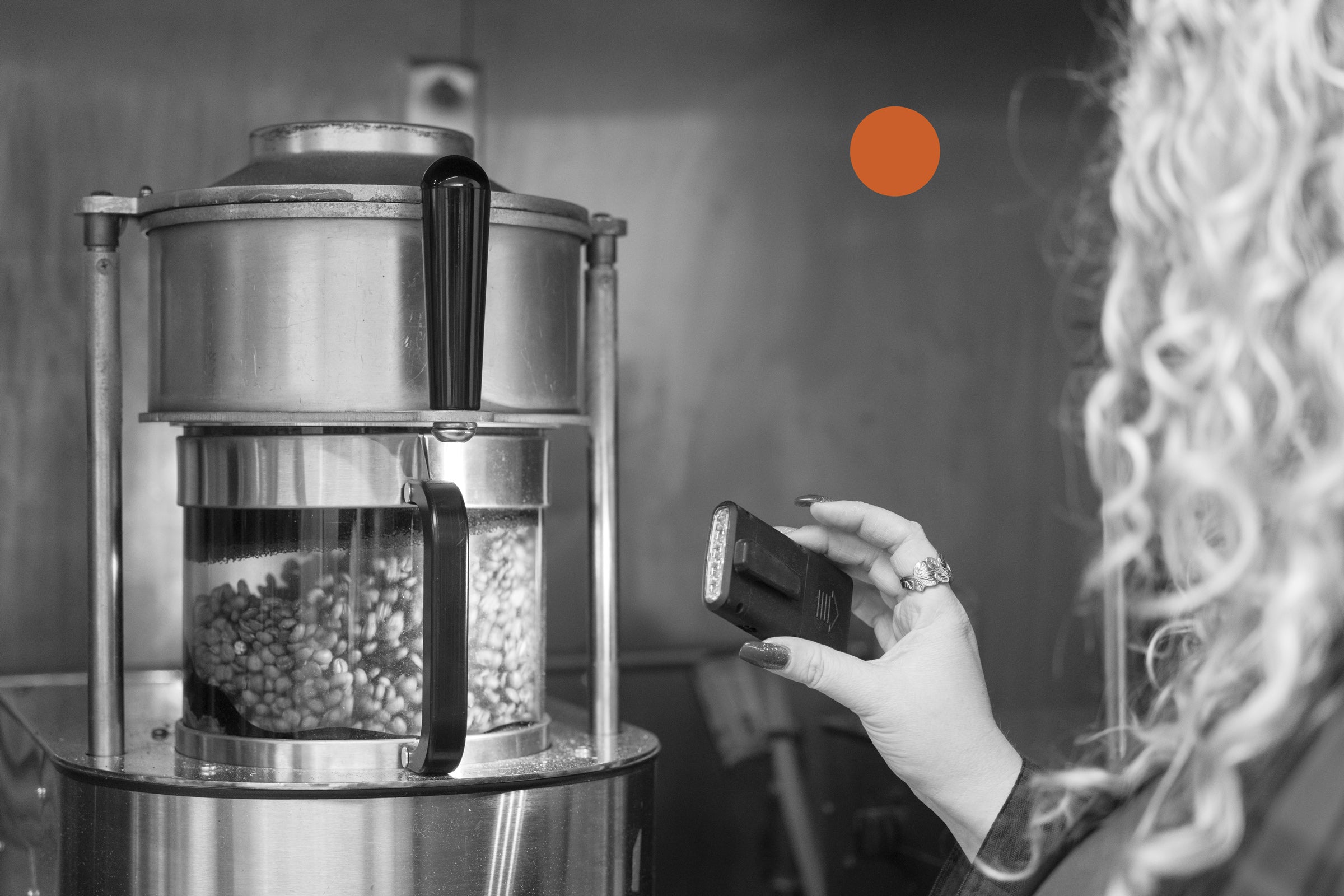
Kenya (ken•yuh) possesses a handful of unique characteristics within its coffee industry that make it stand out from the rest. The country was one of the last African countries to be introduced to coffee as a cash crop and, as a result, has a more modern approach to all areas within the industry.
The early years of Kenyan coffee were tightly tied to British colonization. Coffee was grown on British estates and sold solely in London coffee shops. Beginning in 1933, and culminating in the 1960s with Kenyan independence, control over coffee began to slowly and precariously shift back into the hands of the Kenyan people.
The changes implemented by the Kenyan people in the 1930s are still in use today and the most widely known of those changes is the grading system used to categorize their beans. The Kenyan grading system separates coffee beans by size and quality. The beans are placed in a series of coffee sorting screens with decreasing hole sizes and shaken into place. The larger beans stay in the screens with larger holes, while smaller beans make their way down through screens with smaller holes.
The largest of the grades is ‘E’, for Elephant. These beans are very large and marked with a little ‘ear’ on each of the beans, a result of the large beans fusing as they grow, then coming apart during processing. These beans are rare and seldom found for sale outside of Kenya. Along the same line of uniquely formed beans is the ‘PB’ grade for Peaberry Beans, which are also unique and delicious. Peaberry beans can be found in almost every coffee-producing country and we have dedicated an entire blog to them which you can read here.
The next size and distinction are what some would consider to be among the greatest coffees in the world - the Kenya ‘AA’ bean. The ‘AA’ bean is more than just a size distinction. These coffee beans are grown only at very high elevations, above 1,700 meters. The altitude and weather conditions in these mountainous regions lead to slower growing plants which allow a longer time for nutrients from the soil to be absorbed into the coffee plant. These coffees produce a bright, vibrant cup of fruity coffee that is in high demand the world over.
The next grade below ‘AA’ is ‘AB’, which is usually a mix of the first and second screen size. 'AB' coffee accounts for about 30% of all Kenyan coffee production. It is a slightly lower grade than the ‘AA’, but it is still an excellent cup of coffee and is desirable both in flavor and price. Moving down the screen both literally and figuratively, we have the ‘C’ grade, which is not considered a high-grade coffee. Then, the ‘TT’ and ‘T’ grades of coffee are small, light, and underdeveloped beans that are sorted by fan even after they have been through the screening process. These are undesirable beans, light in weight and flavor, and often broken as well. At the bottom of the list are ‘MH’ and ‘ML’ grade beans that stand for Mbuni Heavy and Mbuni light. This lot is often made of over- and under-ripe beans and is often quite sour. While they do sell, they sell for a very low price.
The Kenyan grading system for coffee is one mark of the modern and organized world of Kenyan coffee. Another unique and modern approach to coffee production is found in Kenya's study and research of coffee itself. From a Coffee college in Ruiru, to government programs established to bolster every area of coffee output, Kenya is at the forefront of bringing the agriculture business into modern times.
Within a year of Kenyan independence in 1963, the new government established the Coffee Research Foundation, or CRF. It has in recent years merged with other areas of Kenyan agri-business to form the Kenyan Agricultural and Livestock Research Organization, also known as KALRO. This organization is not content to let the success of Kenyan coffee happen by accident. They have actively researched and studied the coffee plant, soil, plant breeding, and insects, as well as the business side of all things related to coffee. They look beyond the immediate needs of coffee yield, quality, and heartiness, and set their eyes on new concerns such as the environment, youth involvement, and gender balance. Their information and services are available to any farmer or plantation in exchange for a 2% levy on their green coffee beans.
Kenya is seen throughout the coffee world as an example of what coffee growth and production should look like in the 21st century. The grading system is not only admired for its practicality and clarity but is beginning to be adopted by other coffee-growing countries as well. Farmers, educators, and researchers in Kenya are working together to learn as much as possible about coffee, with the goal of not just maintaining coffee farming in Kenya, but vastly improving it.
We here at Sagebrush Coffee think Kenya and the Kenyan farmers are doing an outstanding job. We have always offered Kenyan coffee, and strive to roast our beans with the best flavor profile to draw out everything that makes this country of origin excellent and unique. Kenyan coffee will always be one of our favorites whether it's used for drip, press, espresso, or cold brew. This country and coffee really shine in an industry of excellence.
